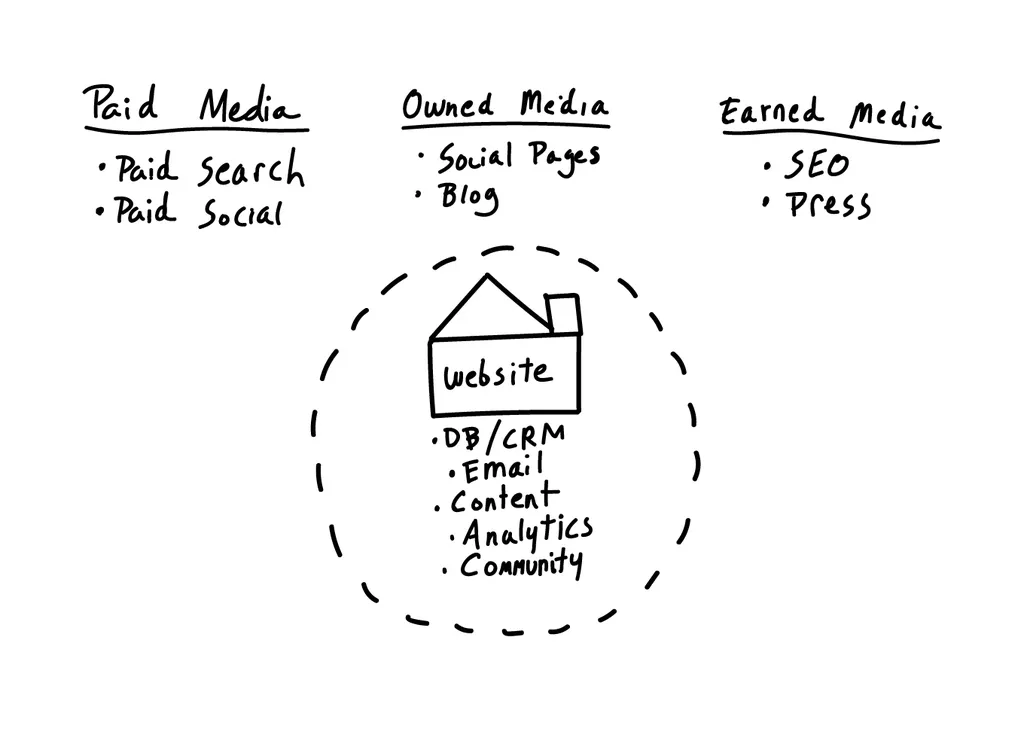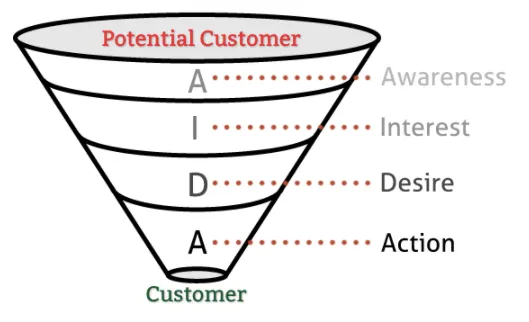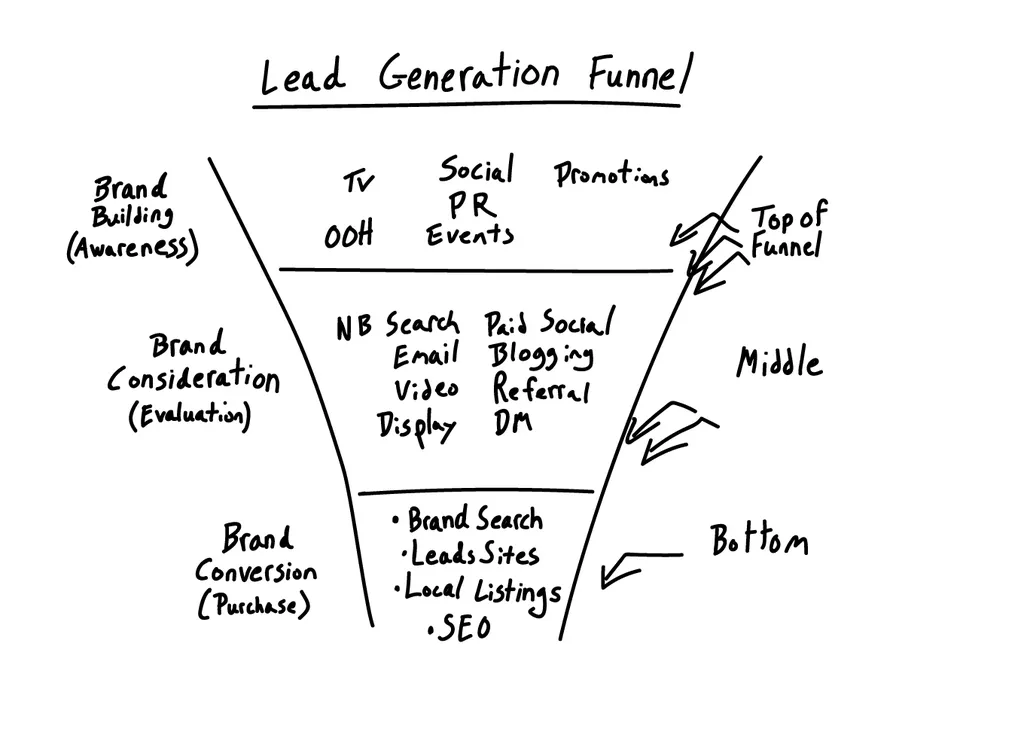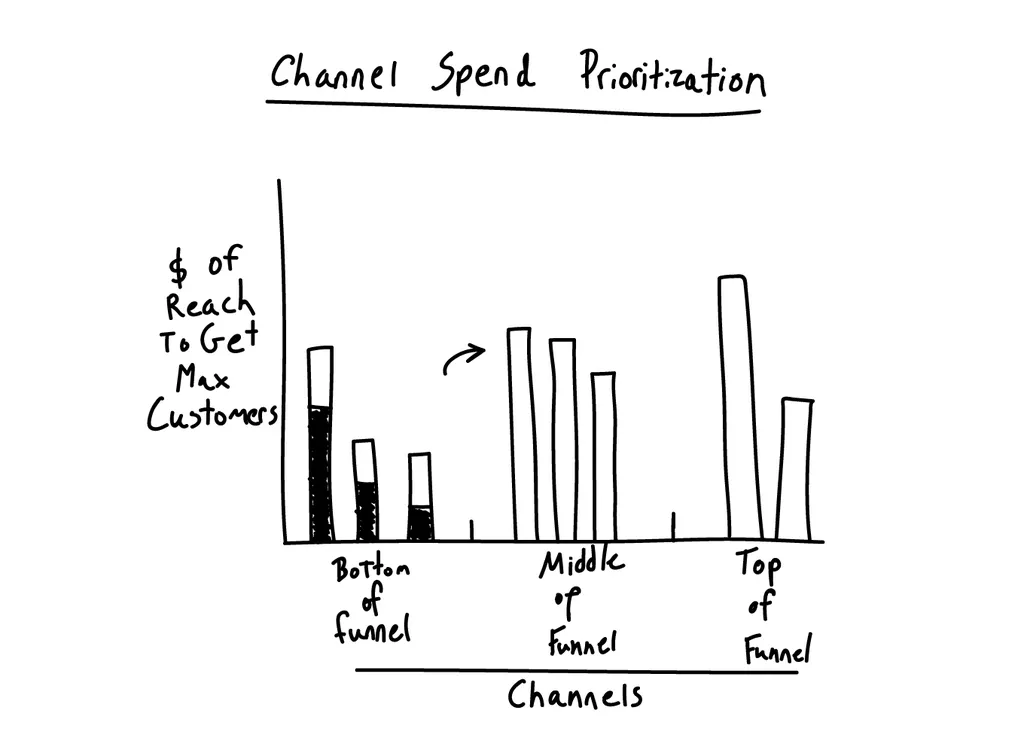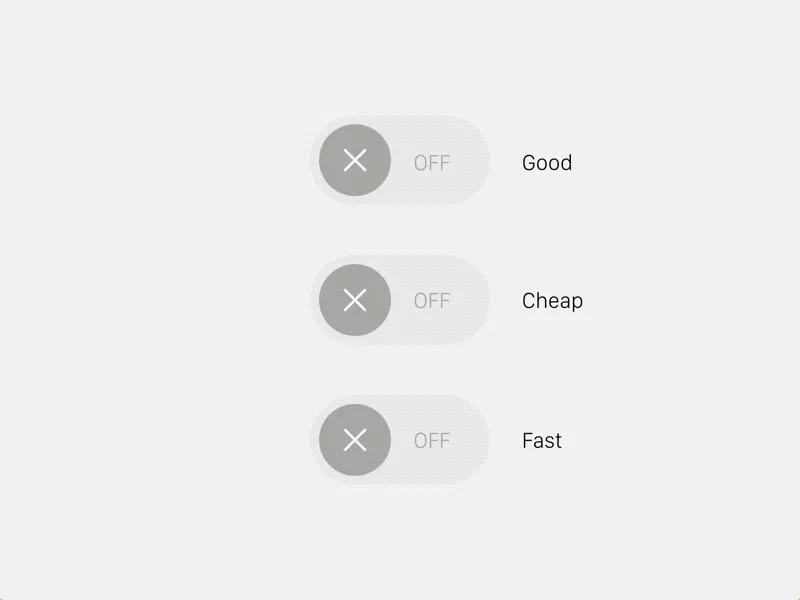Table of contents
It’s no secret that e-commerce is a crucial element of retail success. So it pays to be strategic about your omnichannel strategy. You want to drive customers to buy on your website, but between channels like Yelp, Google, Facebook, Twitter, and Instagram, it can be difficult to know where to start, especially when it comes to paid promotions.
We recently sat down with Bart Molenda, head of paid marketing for Square, to hear his five essential tips to help your e-commerce business drive conversions.
Build your house, starting with the foundation.
Your website should be the core of your activity and the first place you invest — even before you consider paid marketing. It’s your business’s online home, where your database/customer relationship management (CRM) software, email, content (your blog), analytics, and community building all live. This home is your most important brand asset, along with all your data and analytics. Social networks will come and go over the years, so your marketing channels — from social to email and beyond — should lead to your website (not your social profiles).
Your full-time e-commerce home should include the most complete information about your business that you can control. In general, when you (or anyone) post content or images on third-party websites like Facebook or Yelp, you give permission to those sites to use your content. However, you can’t control other content that might be presented around your business on those third-party websites, whether it includes positive or negative reviews, true or false. But you can control all of this on your own website.
Don’t spread yourself thin.
Once you’ve built your online home, it’s time to spread the word. It can be tempting to pay for promotion at the top of the lead-generation funnel (ads on TV, radio, or big events) to quickly build your brand awareness. But the higher you are in the lead-generation funnel, the more difficult (and expensive) it is to win new business.
It’s more important to max out the bottom of the funnel first (SEO, brand search, web local listings). These channels are low-hanging fruit; it’s easy to get customers to activate and convert since we know by their actions that these people are ready to buy. Spend to the max on customers who are ready to purchase today — and don’t require additional information or awareness building (e.g., in the “Action” phase) — before spending on others.
Additionally, jumping in head first with TV ads and PR campaigns, without focusing on those bottom-of-funnel channels first, leaves you with a leaky lead generation funnel. A strong foundation (those efficient channels leading to your house) helps move people to the bottom of the funnel as you pour money in and build your paid marketing strategy.
Spend singularly.
It can be alluring to try out the numerous ways you can drive new business, but you need to practice some restraint. When you’ve determined the amount you have to allocate toward paid marketing, funnel that entire amount into promotions one channel at a time. While it sounds counterintuitive, isolating a channel and spending until you see diminishing return and efficiency helps you determine which channels help you acquire customers without requiring advanced analytics.
Many of your competitors will try testing numerous channels at once, but they’ll dilute their budget, time, and effort from more efficient channels. And they’ll be distracted, running after too many opportunities.
Once you’ve figured out a channel by understanding the best-performing ad placements and creative, and how much is worthwhile to spend, you can confidently move to the next channel and apply the same methodology.
Find your niche.
Identify your edge. Will you compete on price? Customer service? Your content or the level of education that you provide customers? An established reputation in the field? (A simple rule of thumb is that you can compete on one or two unique selling propositions, but not three of these factors.)
Whatever you identify as your edge or niche, this is your entry point to the market. You’ll find your customers there, whether it’s women looking for organic beauty products or consumers looking for an insider’s picks on bicycles.
As an example, Bob’s Watches, an online Rolex seller, found its niche against other entrenched competitors with transparency and expert content. It went from $2 million in sales a few years ago to $20 million in sales now. While watch enthusiasts could buy online from any number of sites — including really large vendors — they came to Bob’s for the detailed professional reviews and transparent approach to discussing value, pricing, and markups.
Measure your success.
As you build your website and begin to expand your e-commerce footprint, analytics are your key to success. Here are a few of Bart’s favorite resources for analytics:
- Google Analytics provides standard site analytics. Tools like tag manager allow you to easily manage campaigns, while the Optimize tool allows you to run tests.
- Branch has tools that help you manage mobile app links and tracking.
- Crazy Egg creates what looks like a heat map on your web page to show where people are on your site.
- Mad Mimi and MailChimp are for email sends and CRM tools that include detailed analytics.
- SEMrush provides analytics on your (and your competitor’s) site.
- UserTesting is a quick and easy way to do user research by paying per experiment for a site’s UX and design.
You can learn more about building your own e-commerce strategy with our guide to e-commerce.
![]()



